The story of Archaeoraptor represents one of paleontology’s most notorious scientific scandals. In 1999, a fossil purportedly showing a “missing link” between dinosaurs and birds made international headlines, appearing in prestigious publications and exciting both scientists and the public. The specimen seemed to provide compelling evidence for the evolutionary connection between theropod dinosaurs and modern birds—a relationship already supported by legitimate research. However, what followed was a cautionary tale about scientific verification, the fossil black market, and the dangers of rushing extraordinary claims to publication. The Archaeoraptor hoax has become a textbook example of how science sometimes stumbles, yet ultimately corrects itself through rigorous methodology and peer review.
The Discovery and Emergence of “Archaeoraptor”
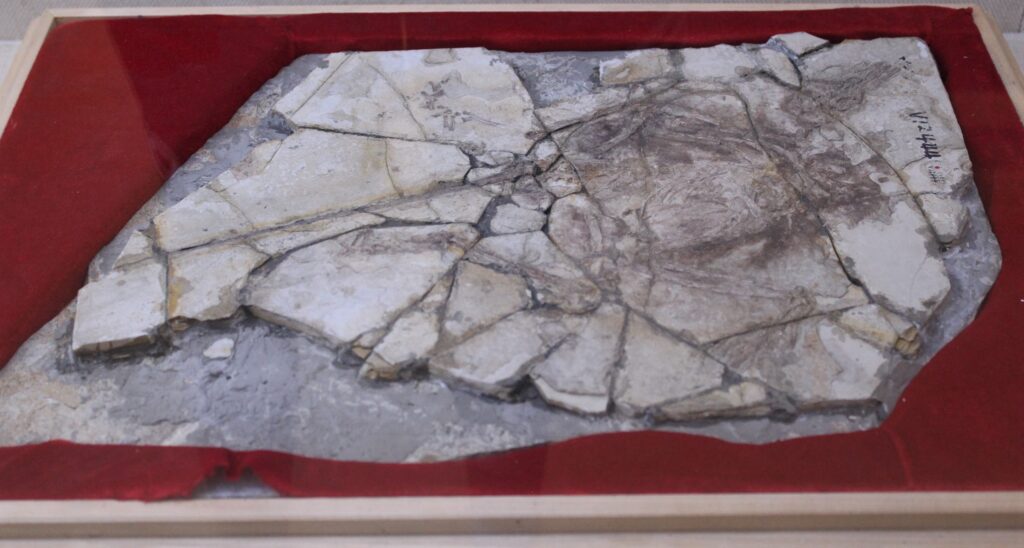
The Archaeoraptor tale began in China’s fossil-rich Liaoning Province, where numerous significant dinosaur and early bird fossils have been legitimately discovered. Unlike those scientifically excavated specimens, the Archaeoraptor fossil entered the world through illegal channels. In 1997, the composite fossil was reportedly discovered by farmers in the Xiasanjiazi formation, then smuggled out of China, where exporting fossils was strictly prohibited. The specimen eventually made its way to the United States through fossil dealers at the Tucson Gem and Mineral Show in February 1999, where it was purchased by the Dinosaur Museum in Blanding, Utah, for approximately $80,000. Stephen Czerkas, the museum’s director, was immediately enthralled by what appeared to be a remarkable transitional fossil showing bird-like features combined with a dinosaurian tail—seemingly the perfect “missing link” that paleontologists had been searching for.
National Geographic’s Controversial Announcement

The fossil gained worldwide attention when National Geographic magazine featured Archaeoraptor liaoningensis in its November 1999 issue, presenting it as “a missing link between terrestrial dinosaurs and birds that could actually fly.” The article, titled “Feathers for T. Rex?”, was accompanied by vibrant illustrations showing the creature as a feathered dinosaur with the ability to take to the skies. National Geographic’s announcement was unusual in that it preceded formal scientific publication—a serious deviation from standard scientific protocol. The organization had planned to coordinate with Nature, a prestigious peer-reviewed journal, but the scientific paper submitted to Nature was still under review when National Geographic went to press with their announcement. This premature publicity would later come back to haunt the magazine as questions about the fossil’s authenticity began to surface almost immediately after publication.
Early Red Flags and Mounting Suspicions

Even before the National Geographic issue hit newsstands, troubling concerns about Archaeoraptor’s authenticity had already emerged. Dr. Xu Xing, a Chinese paleontologist initially involved in the research, had become suspicious when examining the fossil during preparation for scientific publication. His careful analysis revealed inconsistencies in the rock matrix and odd joins between different parts of the specimen. After further investigation in China, Xu made a critical discovery—he found what appeared to be the counterpart to Archaeoraptor’s tail section in a Chinese collection, but attached to a different dinosaur body. In December 1999, just weeks after the National Geographic publication, Xu sent a letter to both the magazine and Nature outlining his concerns that the specimen might be a composite of multiple fossils rather than a single animal. These early red flags signaled serious problems with the extraordinary claims made about this supposedly revolutionary specimen.
The Scientific Investigation Unfolds

Following Xu’s concerns, a thorough scientific investigation was launched to determine the true nature of the Archaeoraptor fossil. CT scans and detailed microscopic examinations conducted by various experts revealed damning evidence: the specimen was indeed a fraudulent composite constructed from at least two, and possibly five, different fossils cleverly assembled together. The main body appeared to belong to an ancient bird species (later identified as belonging to the genus Yanornis), while the tail came from a small dromaeosaurid dinosaur (later classified as Microraptor). The examination revealed tell-tale signs of forgery, including the use of adhesives at connection points and deliberate attempts to obscure the junctions between the different fossil fragments. The investigation also showed that the rock slabs had been artificially joined and filled with grout to conceal the manipulations. This detailed forensic analysis provided definitive proof that Archaeoraptor was not a missing link but a sophisticated fabrication.
Motivations Behind the Forgery
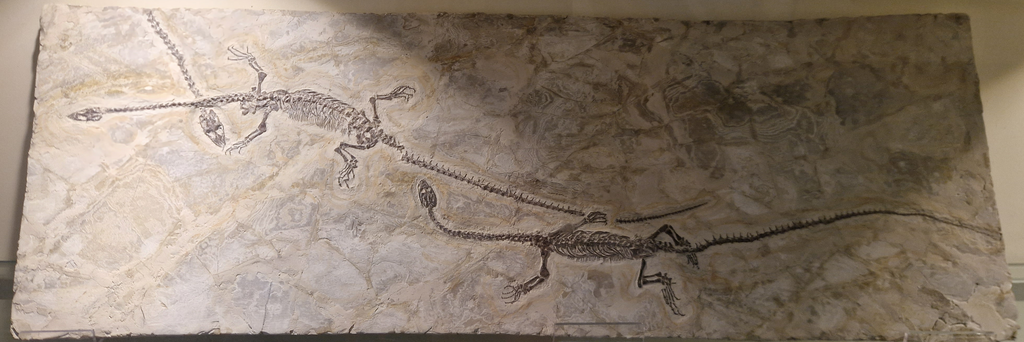
Understanding why the Archaeoraptor forgery occurred requires examining the complex economic and social factors surrounding the fossil trade in rural China. In the late 1990s, the discovery of genuine feathered dinosaurs in Liaoning Province created a lucrative market for fossils, with specimens fetching prices that could represent years of income for local farmers. This financial incentive led to widespread illegal excavation and, inevitably, to forgery. Local collectors learned that complete specimens, particularly those showing evolutionary “transitions,” commanded much higher prices than fragmentary remains. The creators of Archaeoraptor likely assembled the composite from legitimate but separate fossil fragments to maximize their potential profit. Rather than being orchestrated by scientists with an agenda to prove evolutionary theories, the forgery appears to have been driven by economic opportunism. The fossil’s creators likely had little understanding of the scientific implications of their creation, but recognized its potential value in the international fossil market.
National Geographic’s Retraction and Aftermath

In an unprecedented move, National Geographic published a formal retraction in their March 2000 issue, acknowledging that Archaeoraptor was a composite fossil rather than a genuine evolutionary link. The magazine commissioned an independent investigation led by Dr. Lewis Simons, whose report revealed critical flaws in the magazine’s editorial process and scientific verification procedures. The retraction represented a significant embarrassment for the prestigious publication, which had prematurely announced a major scientific “discovery” without waiting for proper peer review. In the aftermath, National Geographic implemented stricter protocols for scientific reporting, requiring more thorough verification before publishing claims about revolutionary discoveries. The incident served as a powerful reminder of the importance of scientific rigor and peer review in authenticating fossil discoveries. Despite the damage to its reputation, National Geographic’s willingness to publicly acknowledge the error demonstrated scientific integrity in prioritizing truth over prestige.
The Irony of the Hoax: Real Birds and Dinosaurs
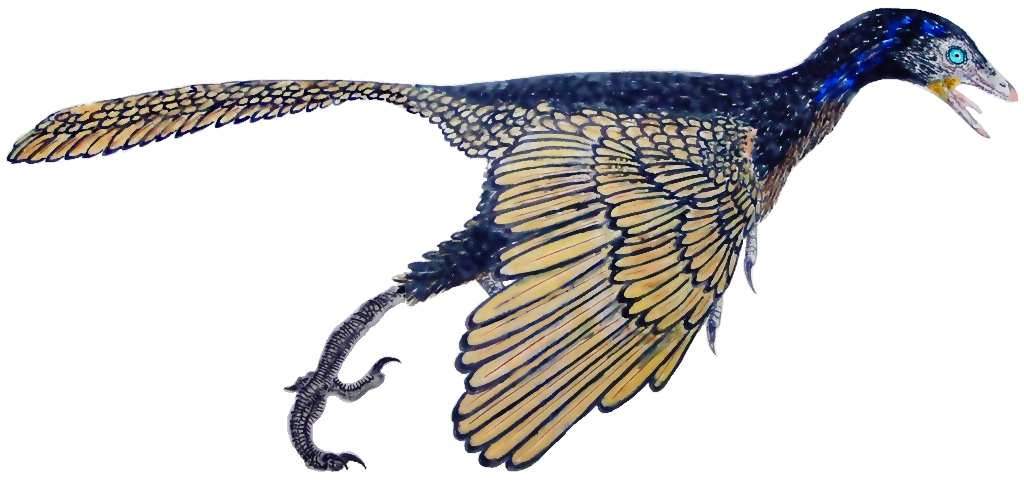
Perhaps the most fascinating aspect of the Archaeoraptor scandal is its underlying irony: though the specific fossil was fraudulent, the evolutionary relationship it purported to demonstrate was actually supported by legitimate scientific evidence. By the late 1990s, paleontologists had already discovered numerous genuine fossils demonstrating the evolutionary connection between theropod dinosaurs and birds, including Archaeopteryx, Sinosauropteryx, and Caudipteryx. The very same Liaoning formations that produced the Archaeoraptor composite have yielded numerous legitimate feathered dinosaur fossils that have revolutionized our understanding of avian evolution. The two main components of Archaeoraptor—Yanornis and Microraptor—were themselves important discoveries that, when properly studied as separate specimens, contributed significantly to our knowledge of bird and dinosaur evolution. Thus, while the “missing link” as presented was fabricated, the evolutionary story it was meant to illustrate has been thoroughly validated by properly documented specimens and careful scientific research.
Impact on Scientific Publishing and Peer Review

The Archaeoraptor incident catalyzed significant changes in how scientific discoveries are reported and vetted in both academic and popular publications. Scientific journals like Nature and Science strengthened their verification protocols for extraordinary paleontological claims, particularly for specimens with unclear provenance or those emerging from private collections rather than documented excavations. The scandal highlighted the crucial importance of the peer review process, which likely would have exposed the forgery had it been completed before public announcement. Many journals now require more extensive documentation of fossil specimens, including detailed provenance information and multiple verification methods like CT scanning and microscopic analysis of joining surfaces. Additionally, the incident prompted greater collaboration between Chinese and Western paleontologists to combat fossil smuggling and forgery. These procedural improvements have helped restore confidence in paleontological publishing while creating stronger safeguards against similar frauds reaching the scientific literature.
The Fossil Black Market Problem

The Archaeoraptor scandal cast a bright light on the problematic international fossil black market that continues to plague paleontology. China’s fossil protection laws make it illegal to export fossils from the country without special permits, yet a thriving underground trade exists, driven by wealthy collectors and some museums willing to acquire specimens without thorough provenance documentation. This illegal trade not only results in the loss of scientific context when fossils are extracted by untrained excavators, but also creates powerful incentives for forgery and manipulation of specimens. When fossils become commodities valued primarily for their commercial rather than scientific worth, scientific integrity often suffers. The Archaeoraptor case prompted many museums and research institutions to adopt stricter acquisition policies, refusing to purchase or study specimens without clear documentation of legal excavation and export. These ethical standards represent important steps toward protecting both scientific knowledge and the fossil resources that inform our understanding of life’s history.
Lessons for Science Communication
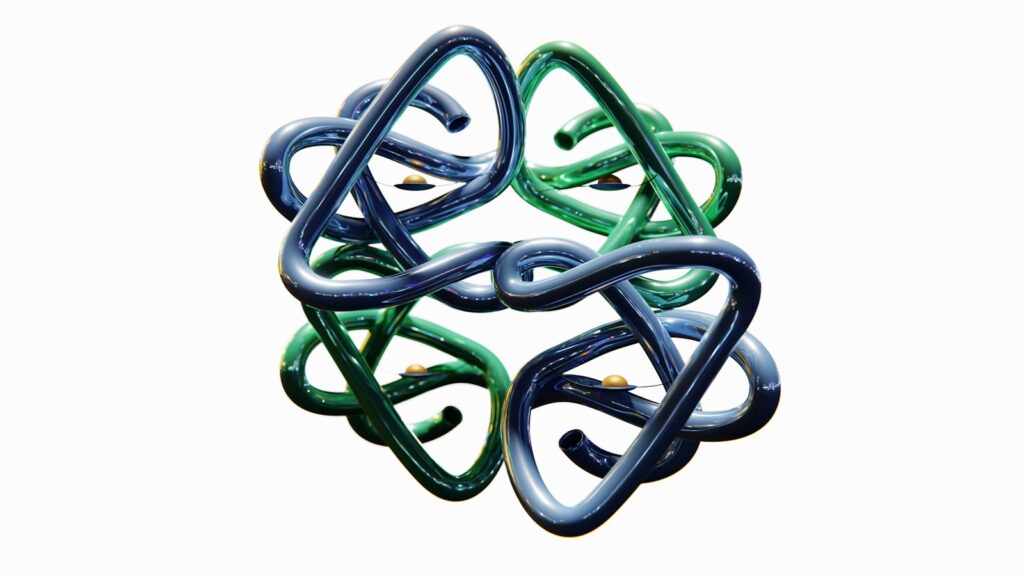
The Archaeoraptor fiasco offered valuable lessons about the challenges of communicating science to the public in an era of media competition and sensationalism. The incident highlighted the tension between the cautious pace of peer-reviewed science and the desire for exciting headlines and groundbreaking discoveries. National Geographic’s eagerness to announce a “missing link” before formal scientific verification represented a breakdown in the traditional relationship between scientific research and popular science communication. In the aftermath, many science publications developed more rigorous fact-checking protocols and greater caution about claiming revolutionary discoveries. The incident also underscored the importance of transparency about uncertainty in science communication—the willingness to acknowledge the provisional nature of scientific claims and the ongoing process of verification that characterizes good science. Many science communicators now place greater emphasis on explaining scientific methods and the concept of peer review, helping the public understand why these processes are crucial for reliable scientific knowledge.
The Rehabilitation of Science’s Self-Correction

Despite the embarrassment of the Archaeoraptor incident, many scientists and science philosophers point to the episode as an ultimate vindication of the scientific method’s self-correcting nature. The forgery was not exposed by religious critics or anti-evolution activists, but by scientists themselves applying rigorous methodologies and skeptical analysis. Dr. Xu Xing’s careful investigation in China, the detailed CT scanning and microscopic analysis by other researchers, and the willingness of National Geographic to publish a retraction all demonstrated how science works to correct errors. The relatively quick exposure of the fraud—within months of its announcement—showed that scientific scrutiny remains the most powerful tool for separating genuine discoveries from mistakes and forgeries. This self-correcting aspect of science stands in stark contrast to systems of knowledge that resist revision in the face of contrary evidence. The Archaeoraptor story has become a teaching moment for science educators, illustrating both the human fallibility that can affect scientific work and the methodological strengths that ultimately uncover truth.
Archaeoraptor’s Legacy in Scientific Ethics

Two decades after the scandal, Archaeoraptor remains a powerful case study in scientific ethics and responsible research practices. The incident has become standard material in university courses on scientific ethics, paleontological methods, and science communication. Museum acquisition committees now routinely reference the Archaeoraptor case when developing policies about fossil purchases and exhibition standards. The scandal also contributed to greater awareness about the ethical implications of studying potentially illegally exported specimens, even when they may be scientifically significant. Many paleontologists now refuse to study or publish on specimens without clear documentation of legal excavation and export, recognizing that scientific knowledge gained through unethical means undermines the integrity of the discipline. International paleontological organizations have developed stronger ethical guidelines governing the acquisition and study of fossils, particularly those from countries with strong heritage protection laws like China. This lasting ethical legacy may ultimately prove to be Archaeoraptor’s most significant contribution to science.
Comparing Archaeoraptor to Other Scientific Hoaxes

The Archaeoraptor incident takes its place in a long and unfortunate history of scientific hoaxes, showing both similarities and differences with other famous frauds. Unlike the Piltdown Man hoax of 1912, where fossil fragments of a human skull and orangutan jaw were deliberately combined to fabricate an evolutionary “missing link” between humans and apes, Archaeoraptor appears to have been created primarily for financial gain rather than scientific deception. The Archaeoraptor fraud also differs from cases like the Midwife Toad experiments of Paul Kammerer, who allegedly tampered with specimens to support Lamarckian inheritance theories, in that no scientific theory was being dishonestly promoted. Perhaps the closest parallel is with the “Shinichi Fujimura Incident” in Japanese archaeology, where a respected amateur archaeologist planted artifacts at excavation sites to make sensational “discoveries”—both cases demonstrate how excitement about potential groundbreaking findings can sometimes override proper verification protocols. What distinguishes Archaeoraptor from many other scientific frauds is the speed with which the scientific community identified and corrected the error, demonstrating the increasing sophistication of verification techniques in modern paleontology.
Conclusion
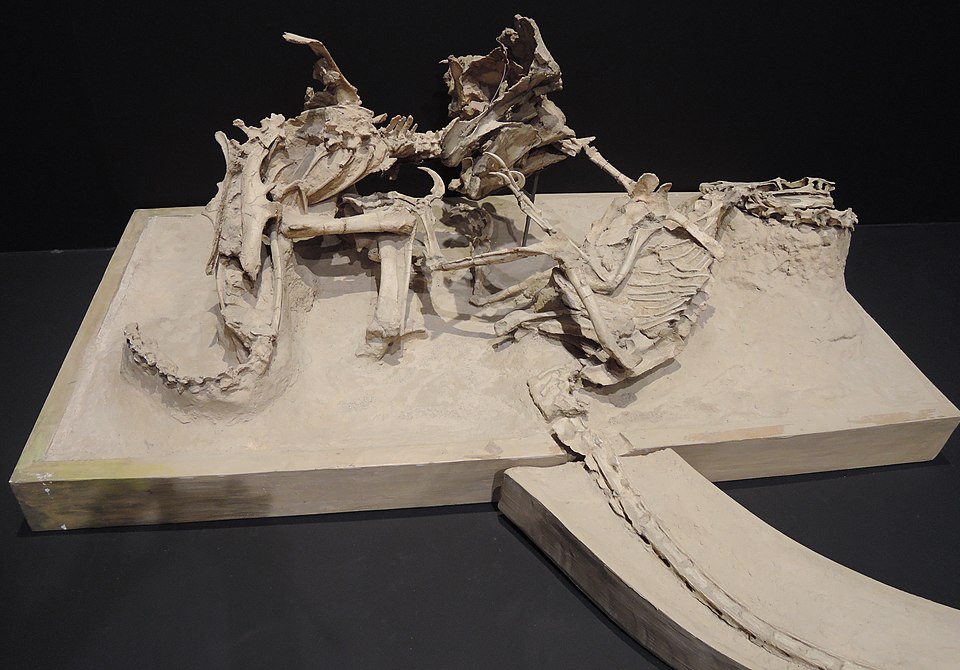
The Archaeoraptor saga serves as a powerful reminder of science’s vulnerability to human error, fraud, and premature enthusiasm, while simultaneously demonstrating its remarkable capacity for self-correction. Though embarrassing for those involved, the incident ultimately strengthened paleontological research by prompting improvements in verification methods, publishing standards, and ethical guidelines for specimen acquisition. The story illustrates the complex interplay between scientific research, commercial interests, media coverage, and international regulations governing fossil resources. Perhaps most importantly, the Archaeoraptor hoax reminds us that while individual scientific claims may sometimes be wrong, the scientific method itself—with its emphasis on verification, peer review, and willingness to abandon incorrect ideas—remains our most reliable path to understanding the natural world, including the genuine evolutionary connections between dinosaurs and birds that continue to be illuminated through legitimate fossil discoveries.



